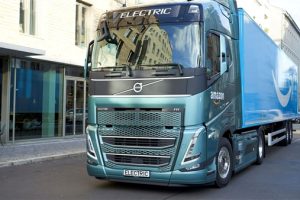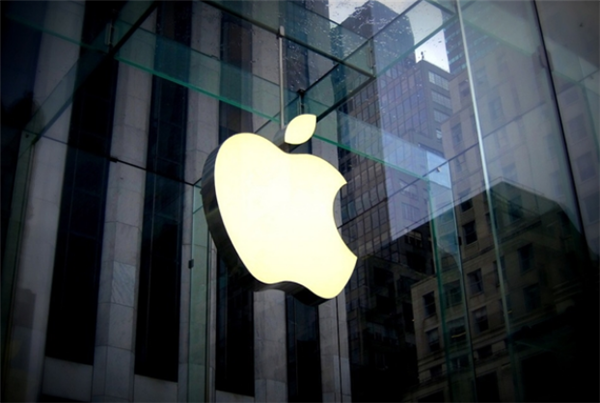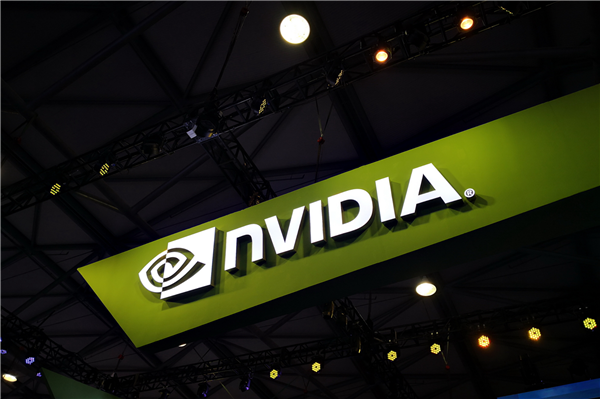June 28, 2023 – The latest breakthrough in space exploration unfolds as SpaceX successfully conducts a pivotal static fire test of its prototype Starship, SN25.
At 8:27 PM Eastern Time, technicians ignited the six Raptors engines housed within SN25, marking a crucial step towards SpaceX’s second orbital flight test of the Starship system. Lasting approximately five seconds, the static fire test took place at the Starship facility in southern Texas.
Static fire testing is a routine procedure carried out prior to spacecraft launches. During this assessment, the engines are briefly ignited while the spacecraft remains firmly secured to the ground. SpaceX’s visionary founder and CEO, Elon Musk, expressed his optimism, hinting that the Starship system’s second orbital flight test could be just six weeks away.

SpaceX’s plan involves employing the Super Heavy booster prototype, Booster 9, to propel SN25 from the Starship facility into the upper atmosphere. The objective of SN25’s test flight is to orbit a portion of the Earth before making a splashdown in the Pacific Ocean near Hawaii.
This mission closely follows SpaceX’s initial orbital flight test of the Starship system on April 20th. Although the first flight reached an altitude of approximately 39 kilometers above the ground, several issues arose as the upper stage of the Starship failed to separate from the Super Heavy booster as planned. Consequently, SpaceX issued a self-destruct command shortly after the Starship system’s ascent.
Learning from the previous experience, SpaceX meticulously prepared for the static fire test conducted this week. Last Thursday, SpaceX technicians performed turbine spin tests on SN25, mimicking real-flight scenarios and ensuring the critical systems were thoroughly inspected prior to the engine ignition.
Standing tall at an impressive 394 feet (120 meters), the Starship system currently represents the most powerful rocket ever constructed by humankind. The first stage, equipped with 33 Raptor engines, generates a staggering 16.7 million pounds of thrust during liftoff, nearly twice the total thrust of NASA’s Space Launch System (SLS) giant rocket.
The Starship spacecraft has been designed for full and rapid reusability, a breakthrough that Musk believes will unlock the final barriers to deep space exploration and development.
With a focus on venturing into deep space, Musk’s ambitious vision aligns with NASA’s selection of the Starship as the primary crewed lunar lander for the Artemis program. Additionally, Musk envisions the Starship as the key to humanity’s first settlements on Mars, a bold plan that pushes the boundaries of our cosmic aspirations.












